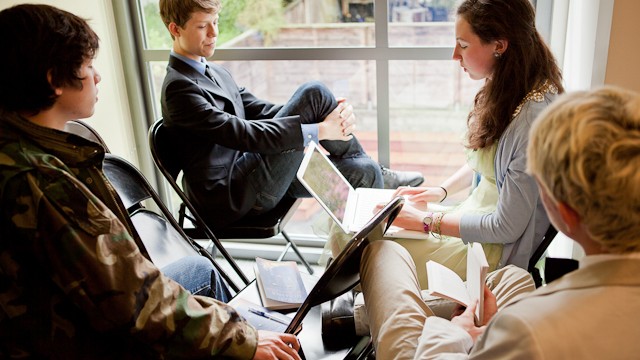
Part 2 in the series Learning In the New Economy of Information.
Perhaps one of the most powerful expectations of students in an environment of scarcity is that they not question the source of the information. As the modern classroom has become connected, the amount of information available to both teachers and students has exponentially increased. Where teachers once lectured about important ideas and events, or shared their acquired knowledge with their students, today’s classrooms can see every key primary source document, the actual notes of great scientists, and a limitless amount of literary criticism. For students, this abundance of information means not only a changing role from the traditional classroom, but also a drastically different set of skills and expectations.
For generations, being a student meant being the recipient of scarce information. This role of the dutiful recipient came with a certain set of behavioral expectations. The student who could not sit still, or could not slow themselves to the pace of the teacher, was a problem to the class, as her disruption interfered with the sole source of information -- the teacher. Without the teacher as the disseminator of information, no student would have the pieces that they needed to construct bigger ideas and higher level thinking.
Socializing with others in class took place during some activities, but overall, the term “socializing” was used as a pejorative. Adding the comment “frequently socializes in class” to a student’s progress report was not considered a positive thing. Furthermore, in order to test whether the content had been effectively inculcated, assessment focused on measuring memorization. In a traditional classroom, a student who could listen attentively, and had the ability to gather and memorize facts, was in their element; however, the active student with the gift for gab, or whose mind went off on tangents, was not.
